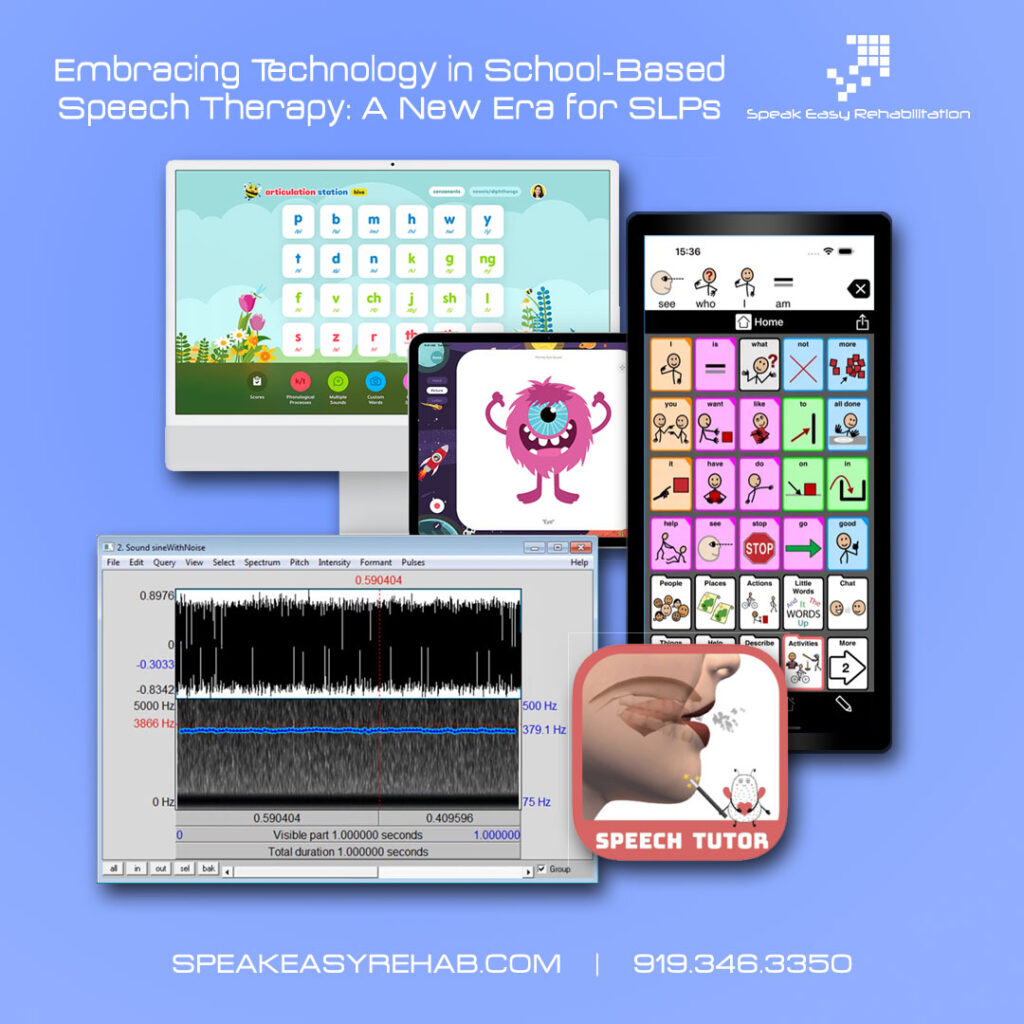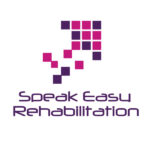As education and therapeutic practices continue to evolve, technology is becoming an integral part of speech-language pathology, especially in school settings. For Speech-Language Pathologists (SLPs), digital tools offer exciting opportunities to enhance therapy—making sessions more engaging, accessible, and effective for students. This article explores the cutting-edge tools and applications reshaping speech therapy in today’s classrooms.

The Rise of Digital Tools in Speech Therapy
The move toward digital solutions is fueled by the demand for more personalized, flexible, and stimulating therapeutic approaches. With the widespread availability of smartphones, tablets, and interactive platforms, SLPs have unprecedented access to tools that complement and extend traditional therapy methods. These technologies not only support individualized learning but also foster deeper student engagement and motivation.
Essential Tools and Apps for Today’s SLPs
Speech Therapy Apps: A wide range of apps target specific skills such as articulation, language development, and fluency. For example, Articulation Station and Speech Tutor provide interactive exercises with visual feedback, turning practice into a fun and rewarding experience.
Augmentative and Alternative Communication (AAC) Devices: For students who are non-verbal or have limited verbal ability, AAC tools such as Proloquo2Go and TouchChat HD offer customizable communication systems. These tools give students a voice, enabling fuller participation in classroom and social activities.
Interactive Whiteboards and Educational Games: Incorporating interactive whiteboards and online games can transform therapy into a dynamic learning experience. Platforms like Funbrain and Starfall reinforce language and literacy skills through play, boosting motivation and comprehension.
Voice Analysis Software: Tools like Praat allow SLPs to visualize speech sounds and analyze patterns, offering real-time feedback that helps students understand and adjust their articulation. These tools also make it easier to track progress over time.
Strategies for Effective Technology Integration
To successfully incorporate technology into therapy sessions, it’s essential to tailor the tools to each student’s unique needs. Consider the following best practices:
Match Technology to Goals: Choose apps and devices that align with the student’s therapeutic objectives and learning style.
Foster Engagement: Use interactive tools to make repetitive exercises more enjoyable, turning practice into an interactive challenge.
Track and Adapt: Leverage software with built-in progress monitoring features to adjust therapy plans based on student performance.
Collaborate Across Environments: Coordinate with teachers and caregivers to reinforce therapy goals through consistent use of technology at school and at home.
Looking Ahead: A Future-Ready Approach to Speech Therapy
Integrating technology into speech therapy opens new possibilities for improving student outcomes. By thoughtfully selecting and applying these tools, SLPs can create personalized, engaging, and data-informed therapy experiences. As technology continues to advance, staying informed and adaptable will be crucial in delivering the highest quality support to students with speech and language challenges.
To learn more about these and other SLP technologies, call Speak Easy Rehabilitation at 919.346.3350.
#speechtherapy #slptools #speakeasyrehab.com

